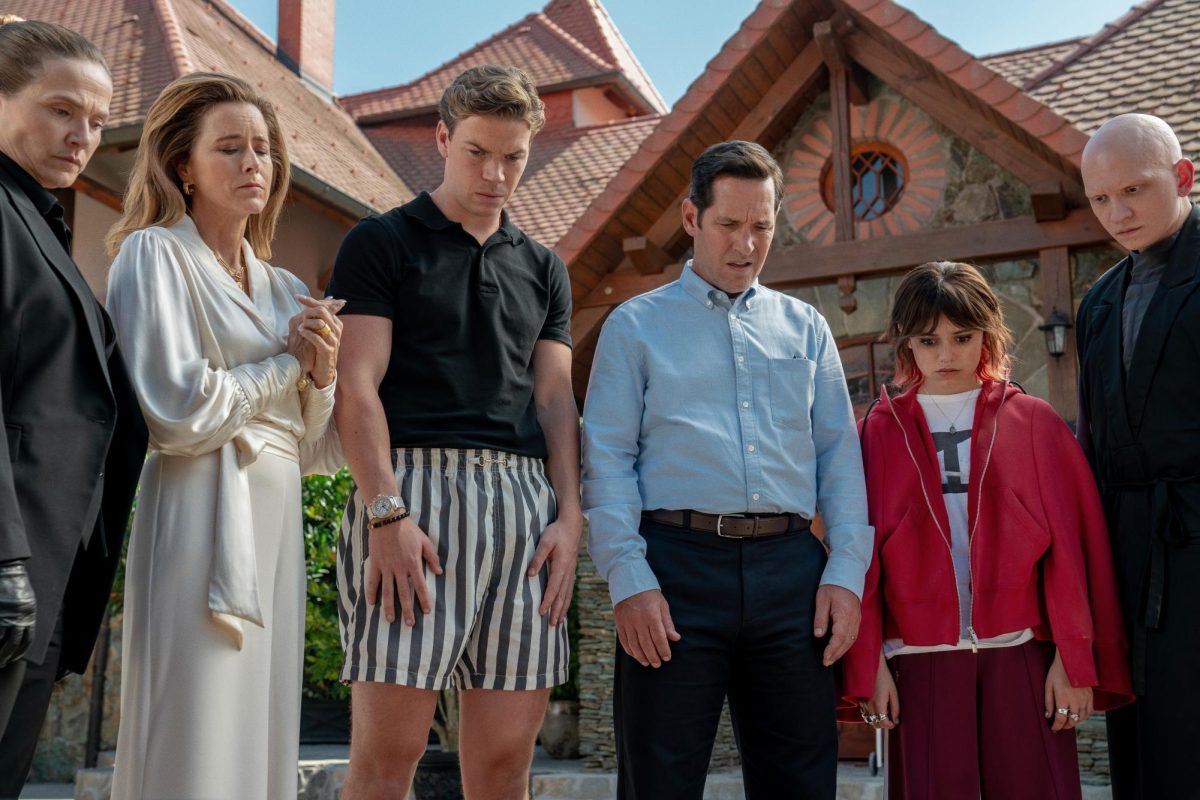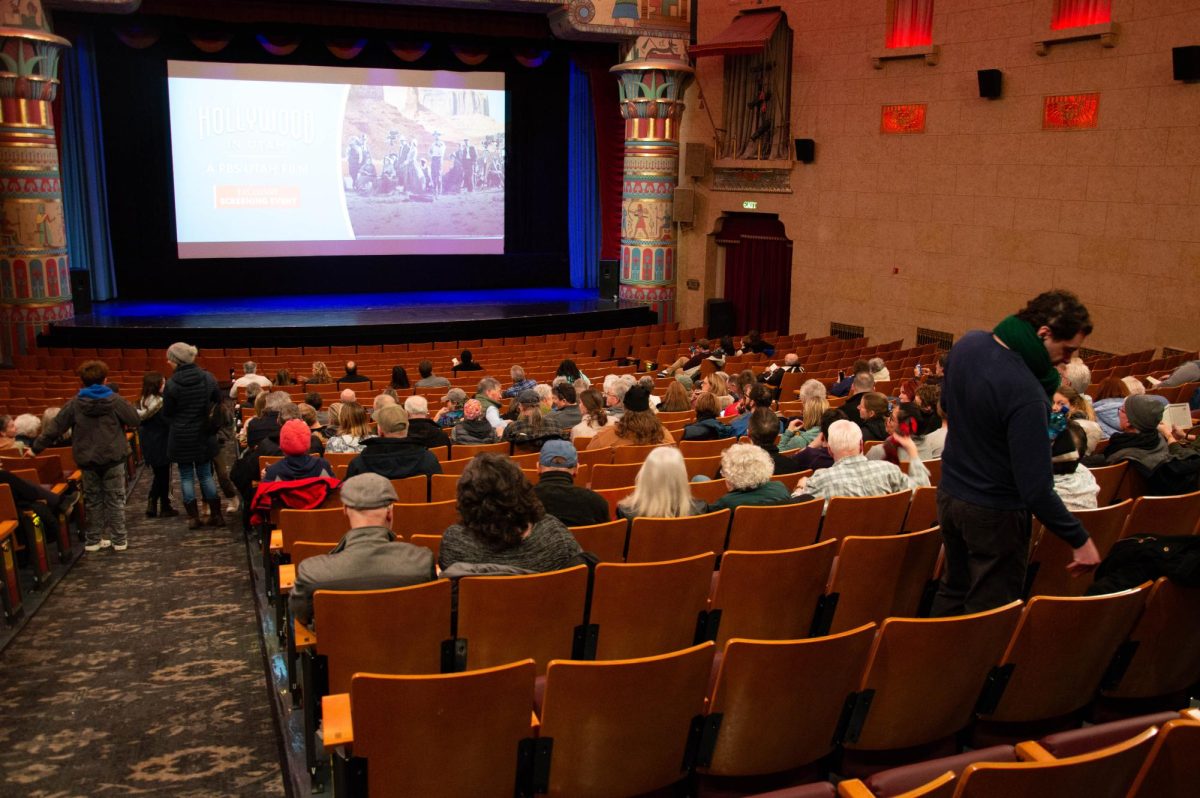On Aug. 14, Disney-Pixar’s “Toy Story 4” became the fifth Disney film in the last year to reach $1 billion at the box office, continuing the studio’s tradition of resurrecting its beloved characters in the formats of sequels and live action remakes to their animated classics.
Four other Disney films that have passed $1 billion at the box office in 2019 include “Aladdin,” “Captain Marvel,” “The Lion King” and “Avengers: Endgame,” all of which are films – both animated and live action – that have shared similar milestones at the box office.
In a Business Insider article, media and entertainment reporter Travis Clark wrote, “It’s Disney’s world, and we’re all just living in it,” referring to Disney’s continued domination at the box office.
“The Lion King” is the eighth film in the last four years to receive a live action remake based off of its animated classic, with live action iterations of “Maleficent: Mistress of Evil,” “Lady and The Tramp” and “Mulan” to be released within the next six months.
Also, the highly anticipated “Frozen 2” and “Star Wars: The Rise of Skywalker” are expected to surpass $1 billion upon their releases later this year.
The question arises: is Disney making their films based off the financial success of live action remakes and sequels, or are they making films to push forward the boundaries of creativity?
Fans attribute the films’ success to a lack of originality and recycled material, according to a Weber State University student, Ginger Udink, who said, “I enjoy the liveaction remakes, but where is the art and originality?”
“Disney is selling nostalgia,” Udink said, referring to her claim that the films’ audiences mostly consist of adults instead of children. “I cried while watching “Beauty and The Beast” and “The Lion King,” just as I did when I watched the animated versions of the films for the first time, but then, where does the magic go? Because they’re not creating new stories.”
Disney’s last original film was Pixar’s “Coco” in 2017.
Walter Elias “Walt” Disney created classic characters like Mickey Mouse, Donald Duck and Goofy, but they have yet to receive films for their accreditations to the parent studio’s success.

Disney’s success is attributed to his first full-length animated musical feature film, which features the singing mouse, as well as the studio’s first full-length feature film “Snow White and the Seven Dwarfs,” which won the studio its first Oscar for Best Musical Score.
Both of these films were released during the Great Depression, proving that Disney magic can weather even the hardest of times.
Walt Disney won 22 Academy Awards in his lifetime.
In a 1952 interview, Disney explained that he diversified his films through a monotonous recreation of the Disney magic, which kept people coming to the cinema.
“The right kinds of films keep people coming to the cinema,” Disney said. “I’m doing as many animated cartoons as I’ve ever done; the only thing is is I’ve diversified them and developed a lot of talent over the years.”
At the time, Disney referred to in-home televisions as the biggest competition to his films, a staple statement to 2019’s modern age of streaming services, including Netflix, Hulu, Amazon and Disney’s newest streaming service, Disney+.
“Television can be a competition, in other words. It’s a medium that can keep people in their homes instead of getting them out,” Disney said.
Streaming services are producing animated films and shows for the small screen, which suggests that big-budget films Disney produces have to find ways to reach old and new audiences.
WSU student Jesus Gutierrez thinks the live action remakes are a cash grab.
“The remakes are a disservice to kids who want to relate to those stories,” Gutierrez said. “When a kid watches a cartoon, it’s a part of being a kid and disassociating the cartoons from real life.”
Gutierrez feels remakes don’t make him feel as if he were “there” in the film, especially compared to the originals.
“My favorite Disney movie is Tarzan because of the musical score and the fact that I can relate to its characters,” Gutierrez said. “There’s no relation between the live action remakes and the animated movies because you can’t put yourself there.”
Despite Disney “trying to get everything under their wing,” referencing Disney’s purchase of 21st Century Fox, Gutierrez is fine with the remakes, including the casting of a black actress for the live action adaption of “The Little Mermaid.”
Disney announced in July that “Grown-ish” actress Halle Bailey would play Ariel.
“From experience, I have friends who have red hair, and Ariel was the only Disney character they could relate to,” Gutierrez said. “I don’t know what Disney’s plans are with the actress being black. If she dyes her hair red, I’m sure it will help, but kids are cruel, you know; they can pick out the differences.”
“The Little Mermaid” isn’t the only upcoming Disney film that will stray away from the traditions of its animated predecessor. The live action remake of “Mulan” will not feature a singing cast and will follow a more traditional story of Hua Mulan, who the animated classic draws its inspiration from.
WSU student Emma Esplin said Disney could benefit by making films from the villain’s perspective. She mentioned one of her favorite Disney films is “Maleficent,” which is about the main villain in the animated classic “Sleeping Beauty.”
“Disney films that focus on the villain’s perspective offer a new take on the Disney formula,” Esplin said.
Esplin and Udink both agree that Disney magic is character-based, with likable characters that usually offer a wholesome lesson before the end of the story.
“People look forward to the predictability of Disney films,” Udink said.
With a list of more than 10 remakes in production at Disney, it raises the question: What is the Disney magic now?













